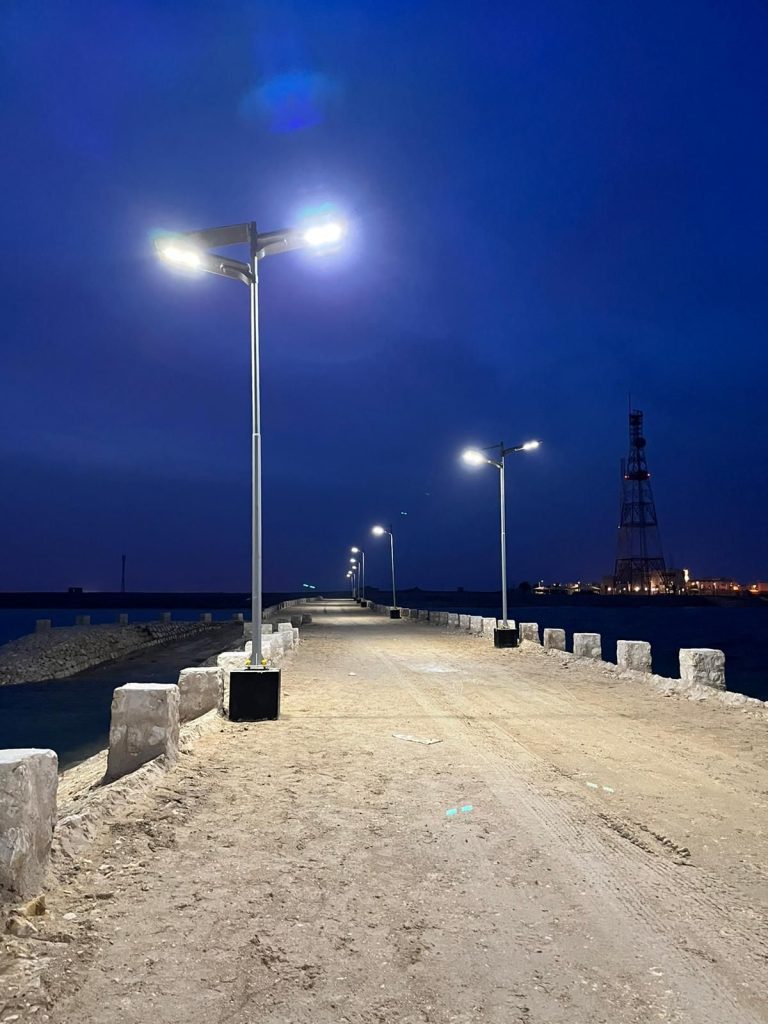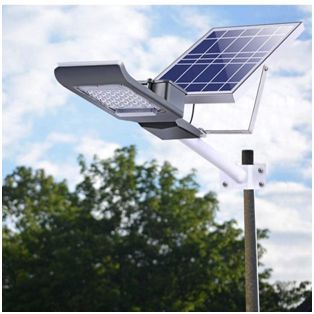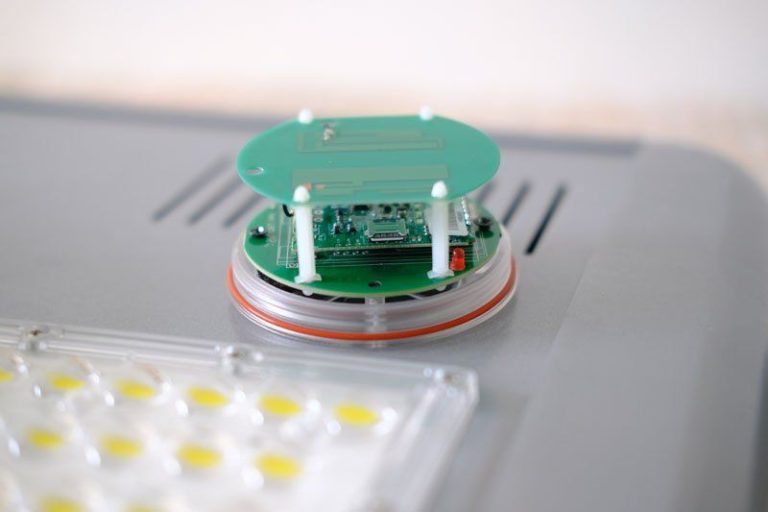Table of Contents
Maximizing Energy Efficiency: How Smart Solar-powered Street Lights Are Revolutionizing Urban Lighting
In the realm of urban infrastructure, lighting plays a pivotal role in ensuring safety, security, and ambiance. However, traditional street lighting systems often come with their own set of challenges, ranging from high energy consumption to maintenance costs. As cities strive to become more sustainable and efficient, there has been a significant shift towards adopting smart technologies, and solar-powered street lights are at the forefront of this revolution.
These innovative lighting solutions integrate advanced technologies to maximize energy efficiency and functionality. One such example is the Smart All-in-One Solar-powered Street Lighting System. Unlike conventional street lights that rely solely on grid power, these smart systems harness the abundant energy of the sun through photovoltaic panels. By converting sunlight into electricity, they operate entirely off-grid, reducing reliance on fossil fuels and minimizing carbon emissions.
Moreover, the integration of smart features enhances the overall performance and effectiveness of these solar-powered street lights. Equipped with sensors and intelligent control systems, they can autonomously adjust brightness levels based on ambient light conditions and motion detection. This not only ensures optimal illumination throughout the night but also conserves energy by dimming or turning off lights when they are not needed.
Another key advantage of smart solar-powered street lights is their ability to communicate and exchange data wirelessly. Through connectivity technologies such as cellular or Wi-Fi networks, these lights can be remotely monitored and managed in real-time. This enables proactive maintenance, allowing authorities to identify and address issues promptly, thereby reducing downtime and operational costs.
Furthermore, the versatility of these systems enables seamless integration with other smart city infrastructure components. For instance, they can be synchronized with traffic management systems to enhance road safety or integrated with environmental sensors to monitor air quality and pollution levels. This interconnectedness creates a cohesive urban ecosystem where different elements work synergistically to improve overall efficiency and quality of life.
In addition to their environmental and functional benefits, smart solar-powered street lights also offer significant cost savings over their lifespan. While the initial investment may be higher than traditional lighting systems, the long-term savings on energy bills and maintenance expenses more than offset the upfront costs. Moreover, many governments and municipalities offer incentives and subsidies to encourage the adoption of renewable energy solutions, further reducing the financial burden.

As cities around the world continue to grow and expand, the demand for sustainable and efficient lighting solutions will only increase. Smart solar-powered street lights represent a compelling solution to meet this demand, offering a combination of energy efficiency, functionality, and cost-effectiveness. By harnessing the power of the sun and leveraging advanced technologies, these innovative lighting systems are revolutionizing urban lighting and paving the way towards a greener and brighter future.
In conclusion, the advent of smart solar-powered street lights signifies a paradigm shift in urban lighting infrastructure. Their ability to maximize energy efficiency, functionality, and cost-effectiveness makes them indispensable in the quest for sustainable and smart cities. As technology continues to evolve and improve, these innovative lighting solutions will play an increasingly vital role in shaping the cities of tomorrow.
The Future of Sustainable Urban Infrastructure: Exploring the Benefits of Smart All-in-One Solar-powered Street Lighting Systems
As cities around the world grapple with the challenges of urbanization and environmental sustainability, the need for innovative solutions in infrastructure becomes increasingly apparent. Among these solutions, smart all-in-one solar-powered street lighting systems emerge as a promising avenue for enhancing urban landscapes while minimizing environmental impact. Combining renewable energy sources with advanced technologies, these systems represent the future of sustainable urban infrastructure.
| No. | Commodity Name |
| 1 | Integrated Solar Street Light |
At the heart of these systems lies the utilization of solar power, tapping into the abundant and clean energy provided by the sun. Solar panels integrated into the streetlights harness sunlight during the day, converting it into electricity to power the lights at night. This reliance on renewable energy not only reduces the carbon footprint of street lighting but also helps to mitigate the strain on traditional power grids, particularly in densely populated urban areas.
Moreover, the integration of smart technology enhances the efficiency and functionality of these solar-powered street lighting systems. Equipped with sensors and intelligent controls, these lights can autonomously adjust their brightness based on ambient light levels, ensuring optimal illumination while conserving energy. Additionally, motion sensors can detect pedestrian or vehicular activity, illuminating specific areas as needed, thereby enhancing safety and security in urban environments.
The benefits of smart all-in-one solar-powered street lighting systems extend beyond energy efficiency and functionality. By reducing reliance on traditional grid-connected lighting, these systems offer greater resilience against power outages and grid failures, ensuring continuous illumination even in adverse conditions. This reliability is particularly crucial in emergency situations, where well-lit streets can facilitate evacuation efforts and emergency response activities.
Furthermore, the modular design of these systems enables easy installation and scalability, making them suitable for a wide range of urban environments, from bustling city centers to remote rural communities. This flexibility not only facilitates rapid deployment but also allows for future expansion and customization to meet evolving needs and requirements.
In addition to their environmental and practical advantages, smart all-in-one solar-powered street lighting systems also offer significant economic benefits. By reducing energy consumption and maintenance costs, these systems generate long-term savings for municipalities and local governments. Moreover, the potential for revenue generation through the sale of excess energy back to the grid further enhances the economic viability of these systems.
As cities continue to grow and evolve, the demand for sustainable and efficient urban infrastructure will only intensify. Smart all-in-one solar-powered street lighting systems represent a transformative solution that addresses multiple challenges facing urban environments, from energy consumption and environmental impact to safety and resilience. By harnessing the power of renewable energy and integrating advanced technology, these systems pave the way for a brighter, more sustainable future for cities around the world.





